Not so long ago, before laying out the floor tile, many have thought about the further comfort of operation of the floor covering. After all, even in the summer, the floor was unpleasant cold. This is due to the high heat-conducting properties of ceramics.
Today, of this lack of tiles, you can benefit, mounted under the lining of the electrical heating floor system. This innovation will ensure a uniform and stable temperature in the room, even in the absence of central heating in it.
Classification of electrical heating systems
It must be said that the device of a warm floor electric under the tile will help forever solve the problem with unpleasant damp and cool in the apartment in the fall and in the spring, when there is still nothing on the street, but the centralized heating is already disabled. Such systems are able to work all year round completely autonomously and without restrictions. In addition, the warm floor cable electric under the tile can become an alternative source of heat, in addition to the main, for example, for residents of private cottages.
The ability to regulate the temperature is an additional advantage of the electric heating system before the water warm floor.

Equipping the bathroom with floor heating system will significantly increase its comfort
To date, there are such types of its varieties:
- cable systems;
- heating mats;
- Film or infrared warm floor.
To figure out which type of heating structure becomes optimal for a particular flooring, you need to consider each of the types of systems.
Cable warm floor
Often, during the repair of the bathroom, many owners are wondering where to buy high-quality electric heap floors under the tile, which it is better to choose and easier to mount. Definitely it is difficult to answer. Cable systems require laying under a cement screed with a height of at least 35 mm. Given the thickness of the cable itself, you lose about 6-8 cm from the overall height of the room. In addition, the additional concrete coating enhances the load on the ceiling plates. However, for the bathroom, this option is forbidden, because its small area allows the installation of such a design.
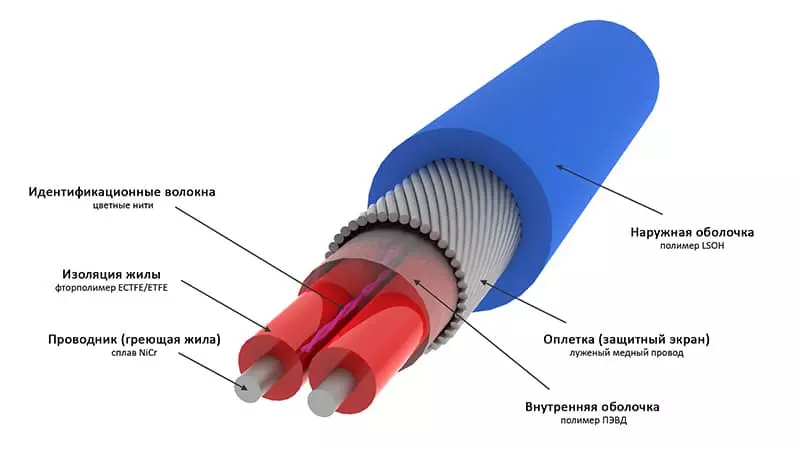
Conceptual image of a two-housing cable
Cable warm floor is single-core or twilight. In the case of self-installation, it is better to stay in the second version. Such a system is much easier mounted, and also works when connecting only one end.
Termaomats
Such systems are made of fiberglass with a uniform distribution on it of heating elements. Thermomats will become an excellent solution to the problem, how to make the electric warm floor with their own hands under laminate or tile. Since their laying does not require an additional screed, as in the first case. However, the high cost of such structures and the need to call professionals to carry out installation, makes this type of heating systems not so attractive.
Article on the topic: Arch made of drywall between kitchen and living room
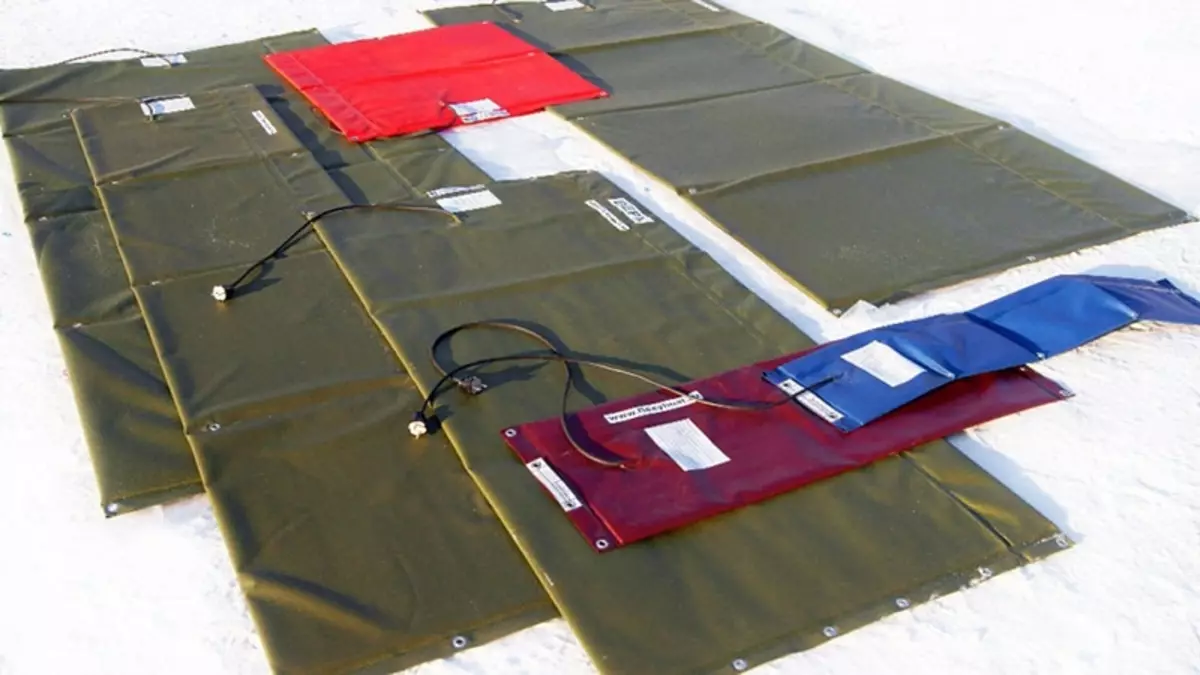
Warm thermomat systems are mounted easier cable structures
Film-type infrared heaters
The answer to the question of which warm floor is your own electrical hands under linoleum or laminate will become the best choice, one can boldly state that the film heating structures in this case will be the best option.
Infrared radiation, coming from the elements, heats the surface, leaving them with cold. This property is very important for fire hazardous floors. In addition, such systems are capable of significantly saving consumption of electricity.
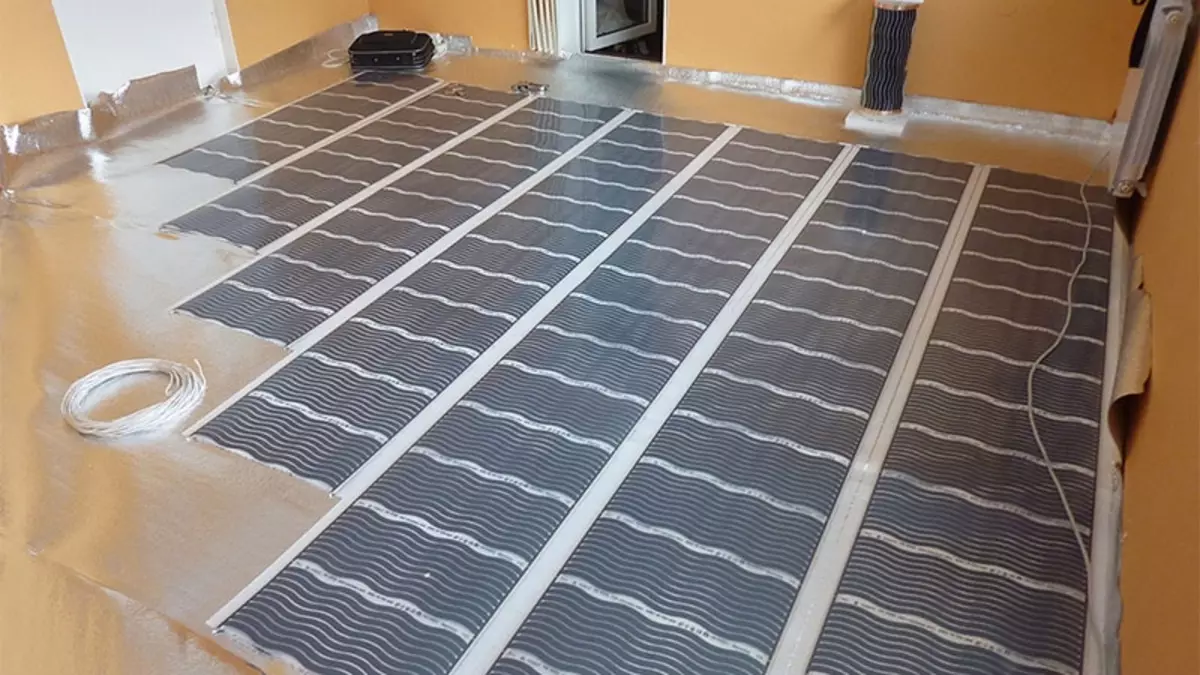
This is how the installation of infrared film structures looks
The thickness of the polymer is about 0.4 mm, and it can also be laid on any base, thereby allowing you to leave the height of the room unchanged. However, the complexity of the installation of the film heating system under the tile makes it not the most optimal option for the bathroom.
Positive and negative characteristics of electric warm floors
To finally clarify for yourself, the electric warm floor under the tile, which is better, you need to know the advantages and disadvantages inherent in these structures. Here you should listen to the opinions of the owners who have already established this or that type of system. Typically, the benefits of these heating elements include the following characteristics:- reliability and safety in use;
- Duration operation;
- Blind LOSS Heat K. minimum;
- distribution warm air throughout the area of the room evenly;
- adjustment the desired temperature;
- Opportunity to have alternative independent Source of heating;
- consumption Electricity in reasonable quantities.
The combination of the advantages of electric warm floors speaks about the feasibility of installing such a system in the bathroom. However, it is worth learn about the shortcomings of these structures. As a rule, they include such nuances:
- Increased load on the electrical circuit of the apartment;
- The possibility of mounting only on the free area of the floor.
In a word, a warm floor electric under the tile, the pros and cons of which are described above, can become a reasonable alternative to central heating during the cold season and increase the comfort of the bathroom operation during this period.
Independent Institution Recommendations
To find out how to put electric warm floor under the tile with your own hands in the bathroom correctly, you should listen to the advice of the installation specialists of these structures. The optimal option for the bathroom laying will be the cable heating system of the floor.
Initial stage of work
You should start with the calculation of the required power system for your room. For the minimum value for premises with high humidity, a 150 W figure is accepted for each square meter of the coating area. You also need to make an approximate scheme of cable laying and temperature sensor location.
Article on the topic: How to glue meter fliesline wallpapers for walls and ceiling
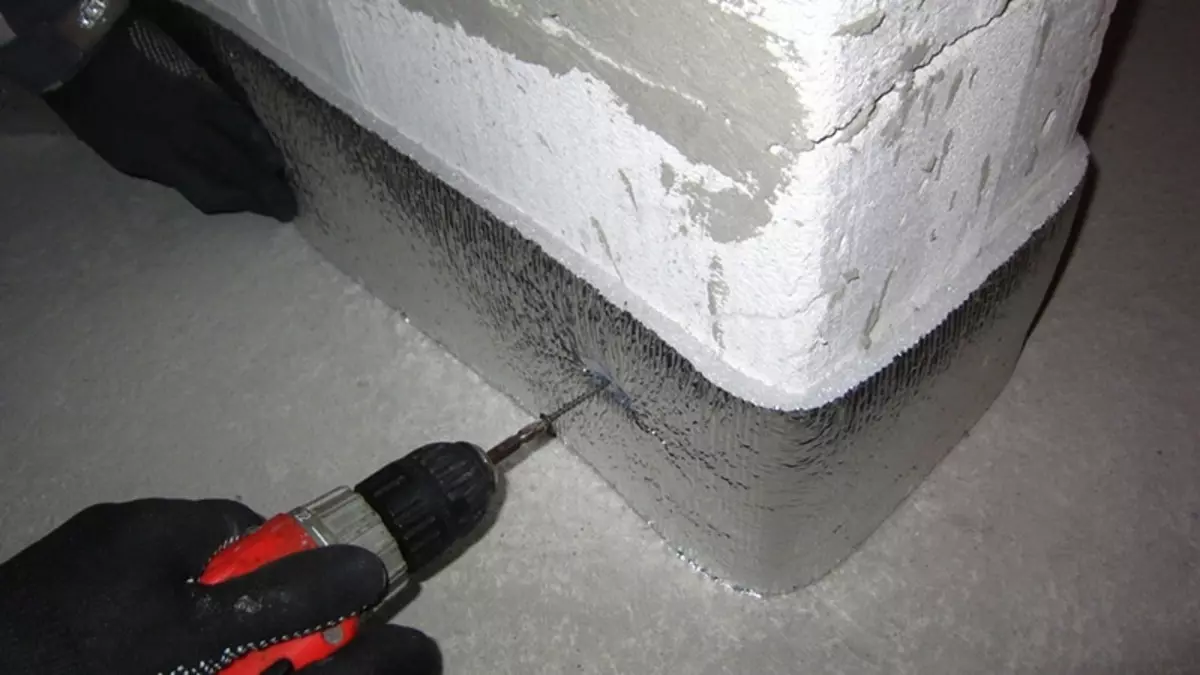
Strosion of walls to install the sensor
First of all, you need to pay attention to the location of the temperature relay and the thermometer. A feature of any bathroom is increased humidity, so the sensor and the regulator is best set outside the room. It should be selected and optimal height for their installation to facilitate the operation of the instruments in the future.
Then you should prepare in the wall as close as possible to the floor plane place to carry out a corrugated hose, through which you connect the equipment. One end of the pipe should go to the place of laying the system, and the other to the equipment of the sensors.
In the event of a breakdown of the instruments, they will be significantly easier to replace, if you pave the corrugation, following these recommendations. Remember that its location should be uniform about all turns of the heating cable. In addition, the bending of the hose in the corner should be smooth, it is recommended to provide its radius of at least five centimeters.
Laying and fixation of thermal insulation
At this stage of work, you need to collect all the garbage from the floor and place the sections of the cable laying. Mounted warm floor only in those places where there is no plumbing and furniture. There, the heat insulating coating should be paved, the thickness of which should be at least 4 mm.
It is necessary to take into account that the layer of thermal insulation slightly enter the walls of the room, and subsequently an excess substrate can be easily cut.
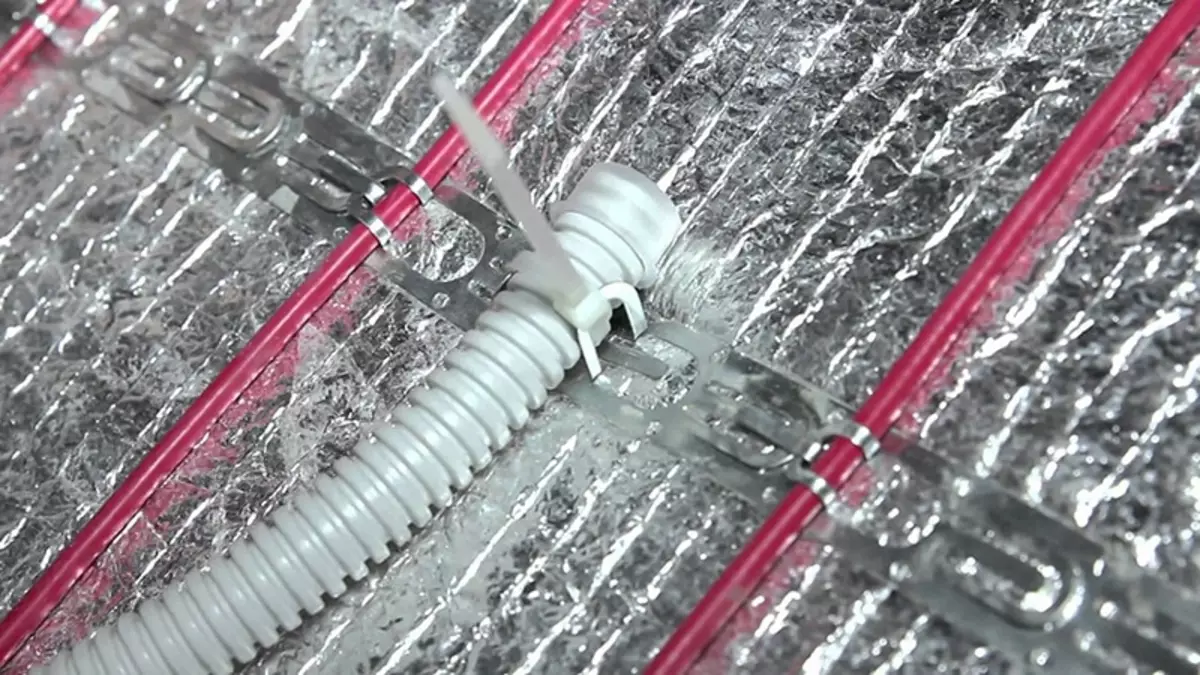
The substrate is better to choose foil, as the amalgam reflects the heat radiation well
Fixing the coating will help the mounting tape. It is necessary to stack it in a step of about sixty centimeters. It is strengthened by a dowel through a layer of substrate.
Installation of heating cable
Specialists advise you to start laying the heating elements from the location of them with the source of electricity. Need accuracy during installation so as not to spoil the cable. Therefore, you need to try not to step on the turns of the wires and it will be preferable to work in a soft shoe.
In no case do not overlay the cable turns on each other, between them, a certain distance should be observed. It is easy to calculate by the formula: (S x 100) / L where S. it will be equal to the area of laying a warm floor, and L. - total cable length. Usually this value is at least 8 cm.
It is also worth considering that the gap from the walls to the edges of the cable should be approximately 7 cm.
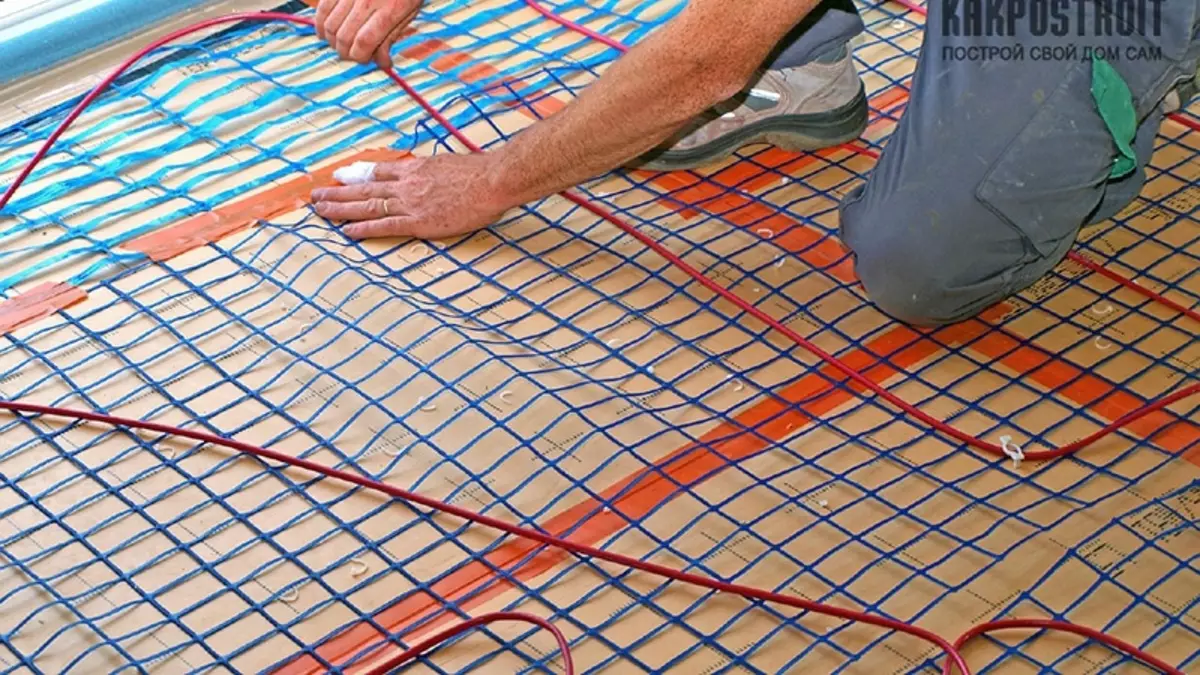
When laying the cable you need to follow the accuracy not to damage the system
One of the ends of the cable must be dried in a special nozzle coming with the system. Next, the reversal of the heating elements should be fixed.
Then we are making a corrugated hose, observing all the conditions necessary for this, and we derive the temperature relays to the planned place.
After that, you can connect the system with a power cable and check its performance. Note that with the normal functioning of the wire design, just slightly warm up. To determine the ability to work, it is enough to connect the system for 20-40 seconds.
Article on the topic: Coating for the porch on the street. We select suitable materials.
Fill the screed right
After graduating from the installation of heating elements, you can start the fill with a concrete mixture. To do this, cook the required amount of solution to put the screed of the required thickness immediately to the entire area of the room. The minimum allowable coating layer is four centimeters, however, if you wish, you can increase it. It is important to know that the large thickness of the screed will warm up much slower, but it is capable of keeping warm longer.
Do not include the floor heating system until the concrete coating is completely drying. Failure to comply with this rule can lead to violations of the density of adjustment of the cement base and a warm floor, which will entail the incorrect design work in the future.
It should be noted that the correct proportions of the dilution of the cement mortar and the time of its complete rejection depend on the specific manufacturer. Therefore, it is necessary to carefully study the instructions for using the finished mixture.
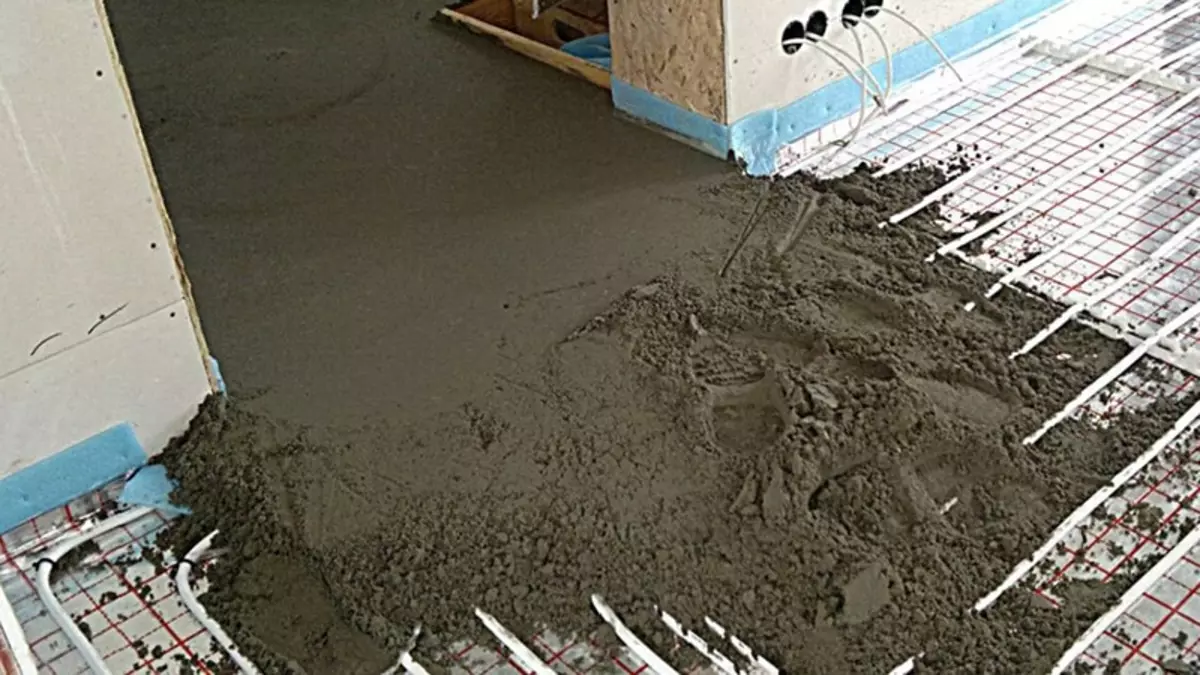
It is very important to cover the cable system of the warm floor with a layer of cement mortar of the required thickness
On the finally dry and solid surface of the screed, you can proceed to cladding with ceramic tiles. First of all, it is necessary to trim the heat insulation protruding on the walls along the cement floor line. Then, put the tile, like an ordinary floor. The quality and quality of the facing will depend on the quality of the manufacturer of the concrete basis.
It is not necessary to accelerate the heat drying process for tile to turn on the heating of the floor. This may entail a swift and tossing the tile.
Similarly, a film heating system and thermomat can also be paved.
Following these recommendations will help qualitatively carry out work on laying a warm floor in the bathroom. The resulting result will pleasantly surprise you and your guests, as well as enhance the comfort of visiting the bathroom in the cold season.

Equipping the bathroom with floor heating system will significantly increase its comfort
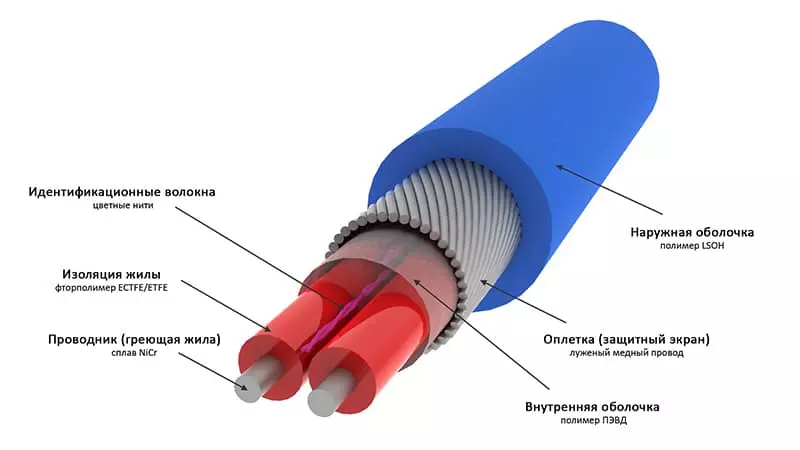
Conceptual image of a two-housing cable
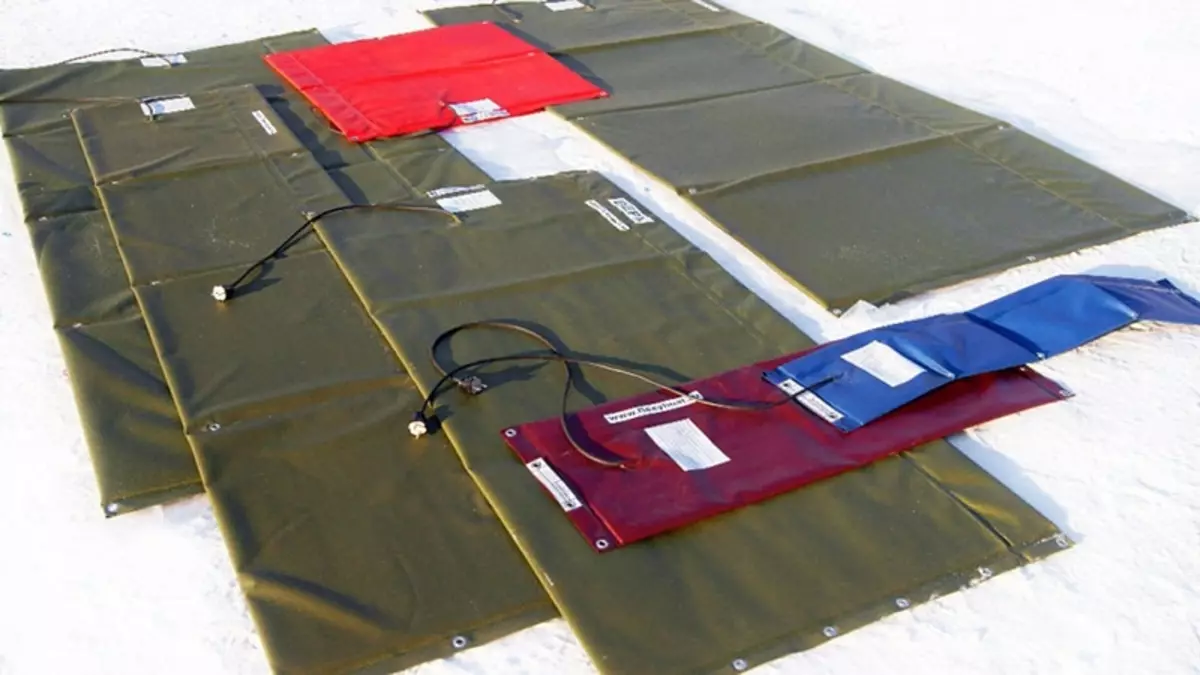
Warm thermomat systems are mounted easier cable structures
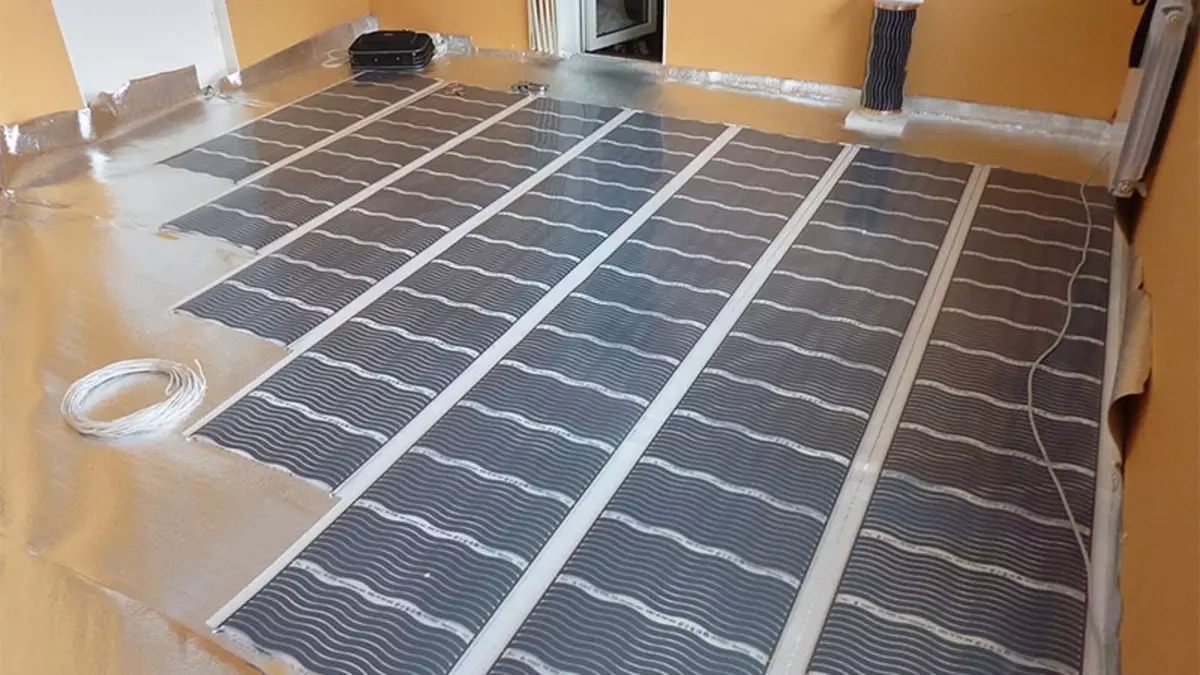
This is how the installation of infrared film structures looks
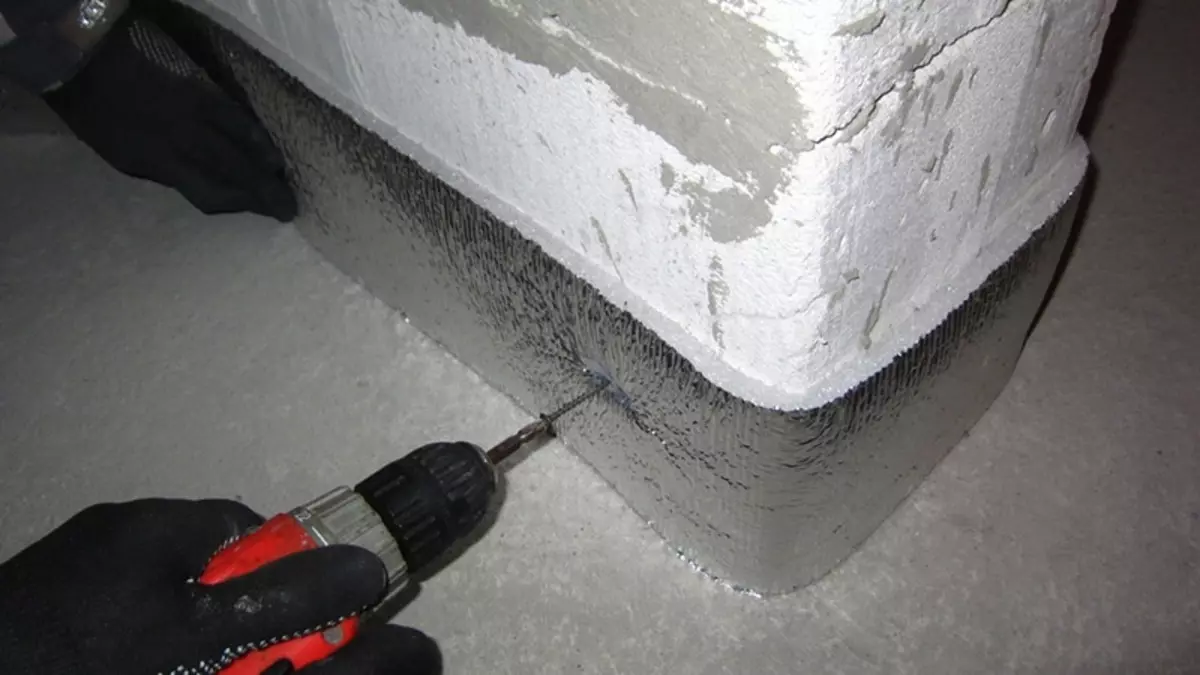
Strosion of walls to install the sensor
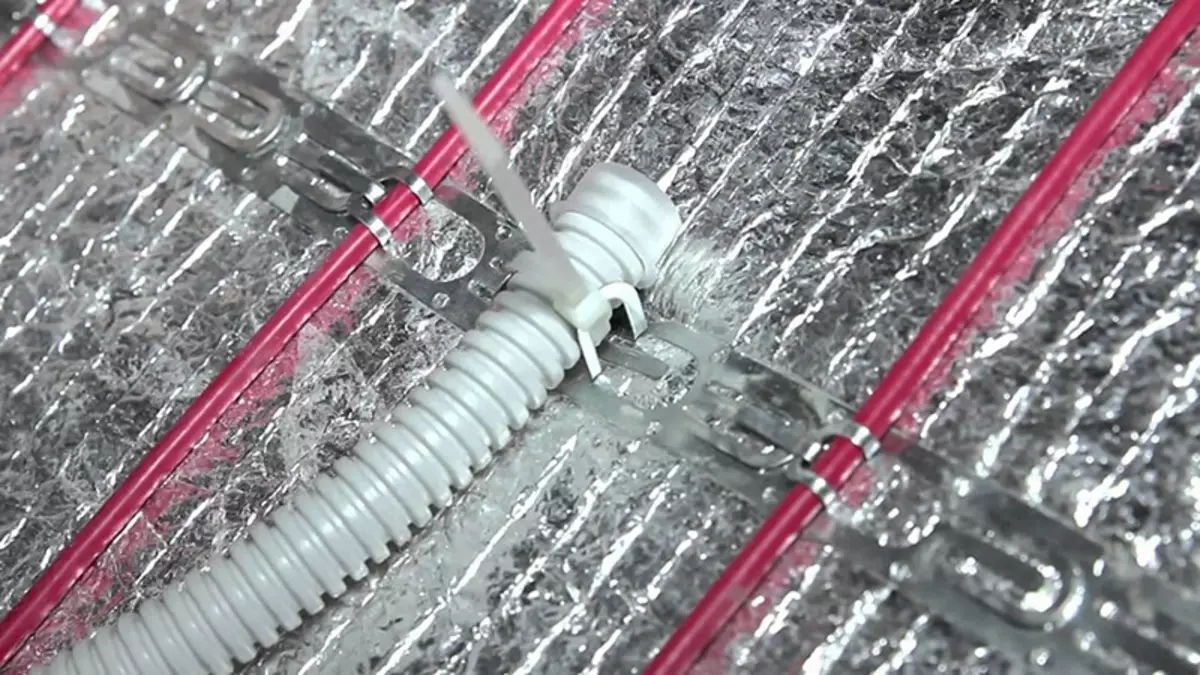
The substrate is better to choose foil, as the amalgam reflects the heat radiation well
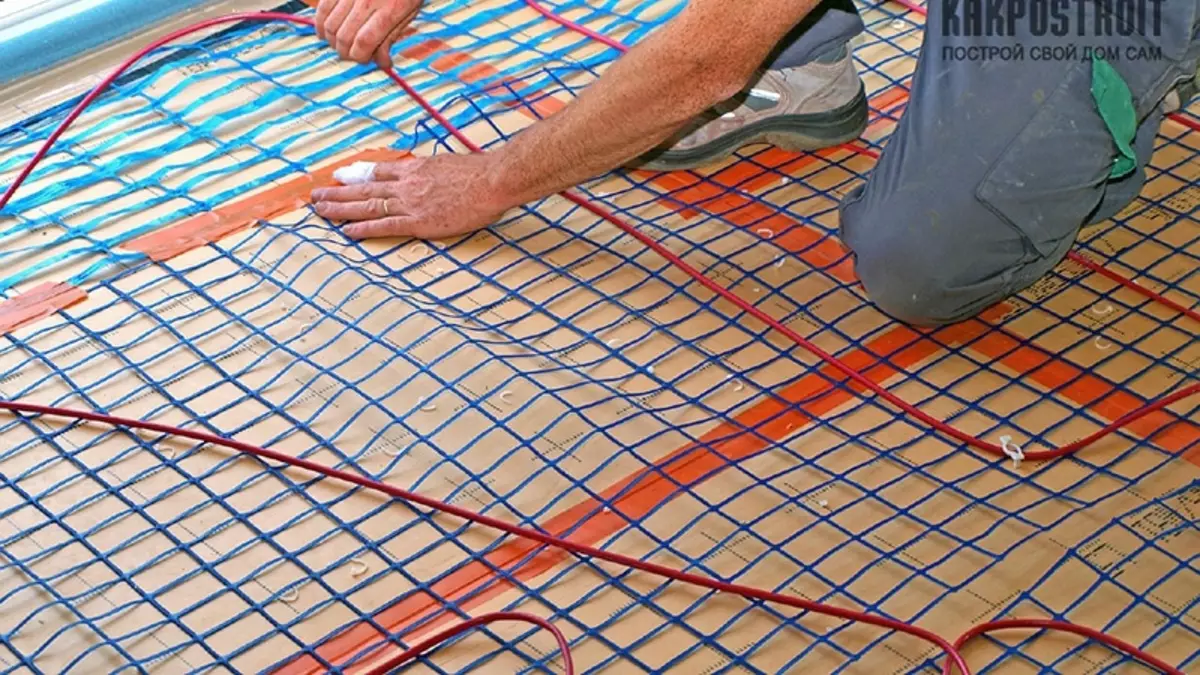
When laying the cable you need to follow the accuracy not to damage the system
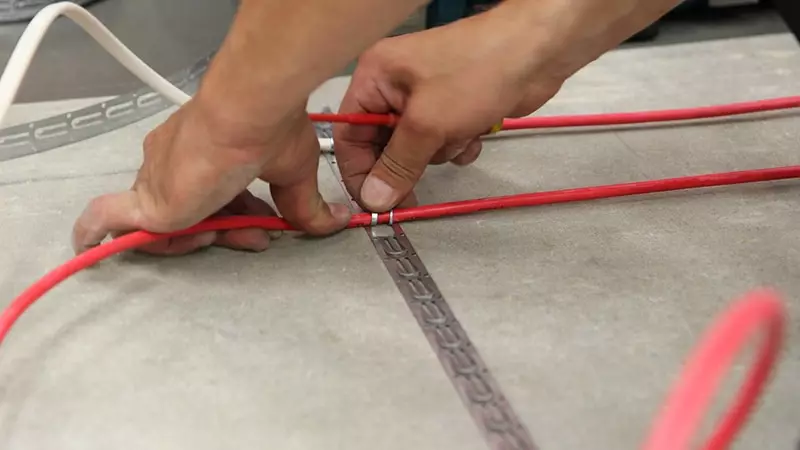
The cable should be securely fixed to avoid troubleshooting
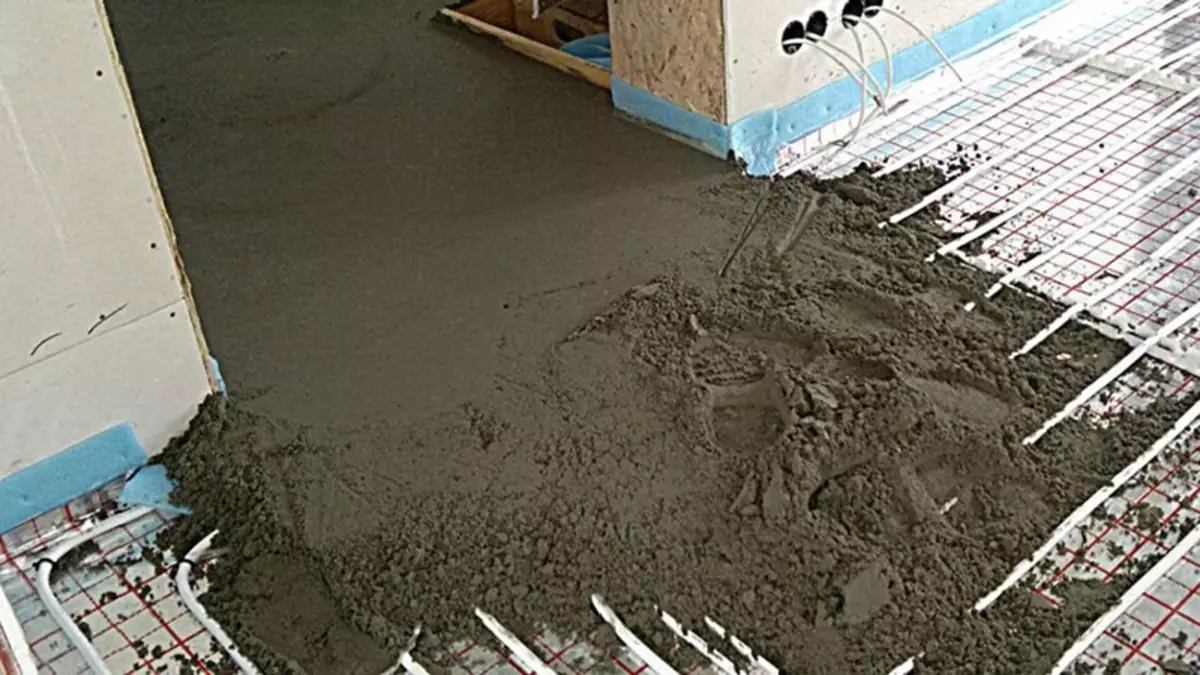
It is very important to cover the cable system of the warm floor with a layer of cement mortar of the required thickness
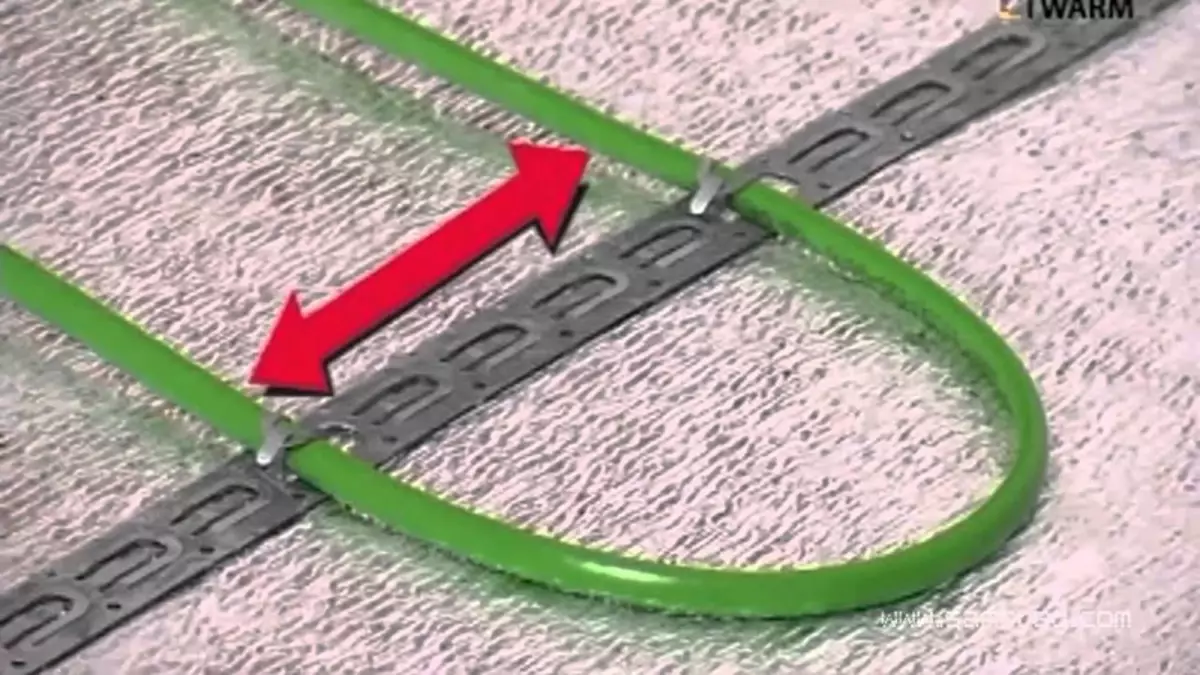
It is necessary that the distance between the turns was at least eight centimeters.
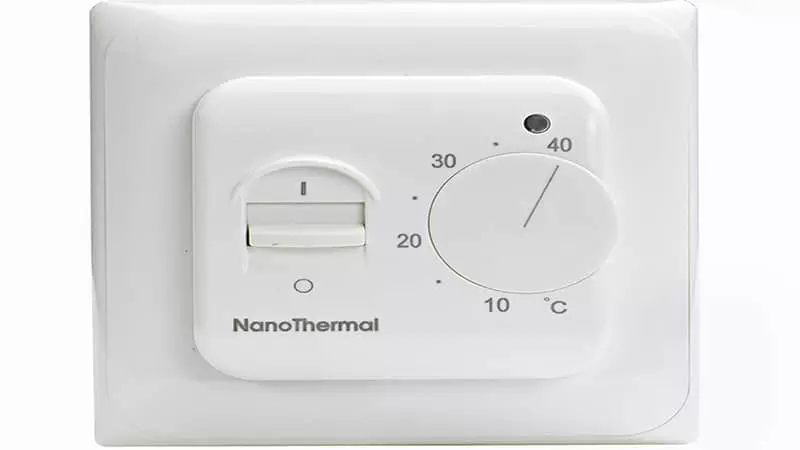
The equipment of the sensors is usually mounted in the wall next to the bathroom
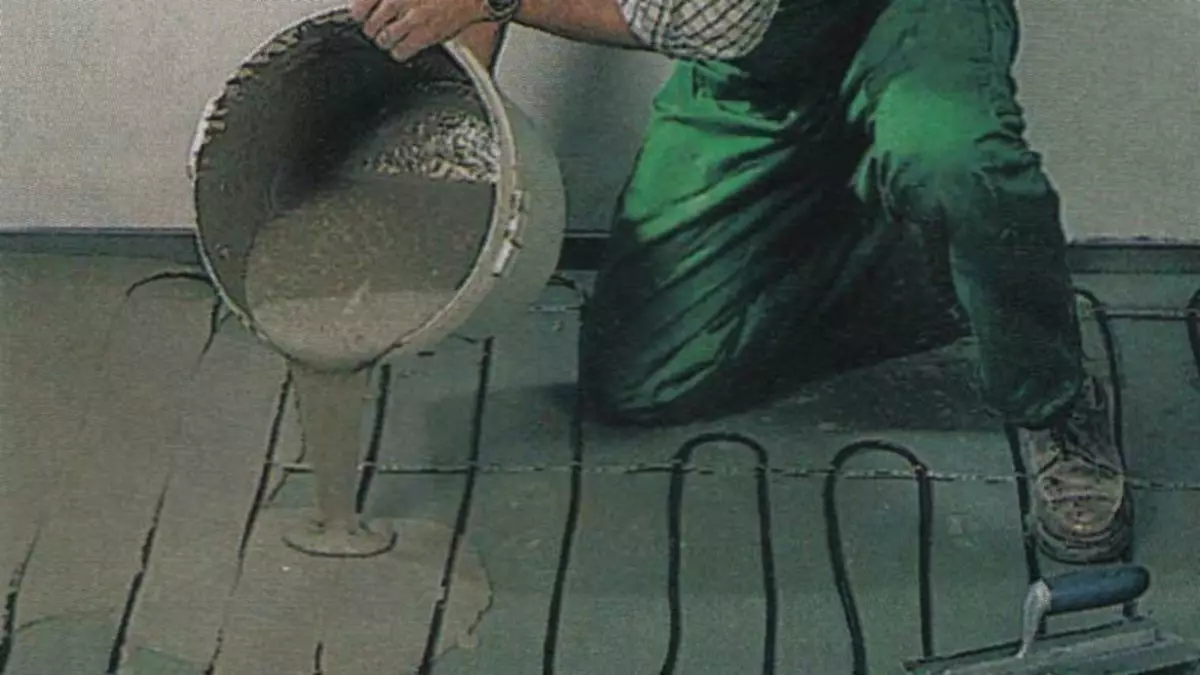
To achieve the desired mortar consistency, you need to carefully examine the manufacturer's instructions.
